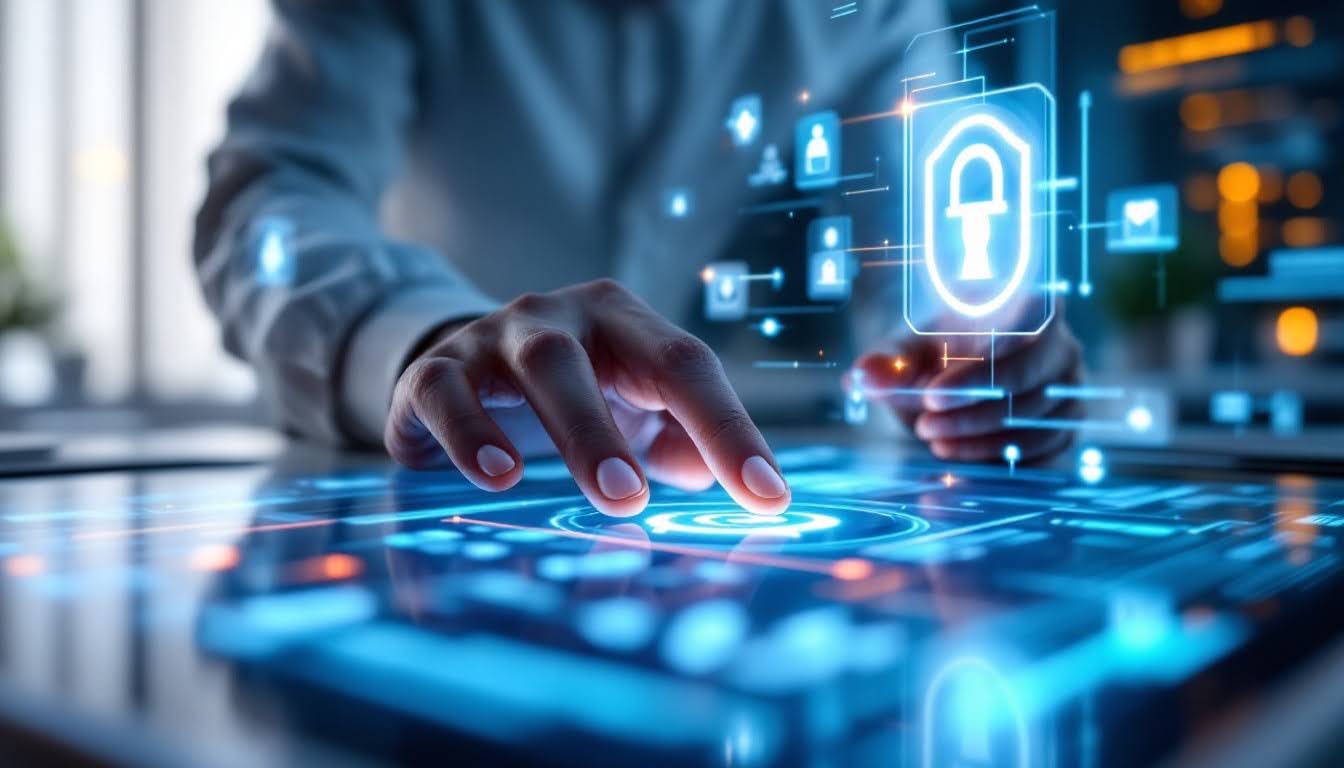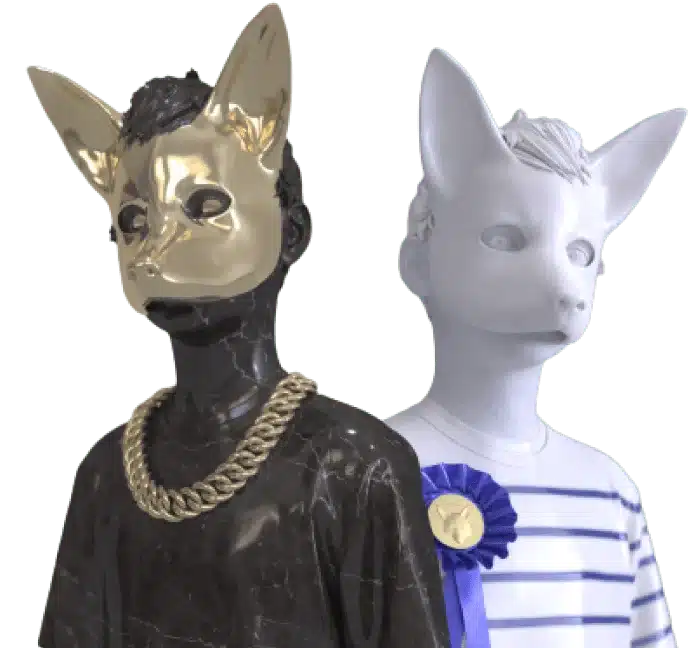Blockchain and Artistic Provenance: Solving Centuries-Old Authentication Problems

For as long as art has held monetary and cultural value—much like the fluctuating exchange rates of USD to XRP—forgery and authentication issues have plagued the industry. From Renaissance masters whose students mimicked their techniques to modern counterfeits of high-value contemporary works, the question of “Is this authentic?” has remained a persistent challenge.
Today, blockchain technology presents a revolutionary approach to solving the centuries-old problems of provenance and authentication in ways that traditional methods have never been able to.
The Historical Challenge of Provenance
Art provenance—the documented history of an artwork’s creation, ownership, and transfer—has traditionally been tracked through paper trails, expert opinions, and scientific analysis. This system, however, is inherently flawed. Documentation gets lost in wars, natural disasters, or simple negligence. Ownership records may be deliberately falsified. Even scientific testing can only verify materials and age, not definitively tie a work to its purported creator.
The result? A global art market worth over $65 billion annually continues to battle fraud, theft, and disputed attributions. The FBI estimates that art crime ranks as the third-highest-grossing criminal enterprise worldwide, behind only drugs and arms trafficking.
Enter Blockchain: Digital Immutability Meets Ancient Art
Blockchain technology—the same infrastructure underlies cryptocurrencies like Bitcoin—offers a radically different approach to tracking provenance. Blockchain creates immutable, transparent, and chronological records that cannot be altered once entered. This simple but powerful feature makes it uniquely suited to address art authentication challenges.
When artists create a work and register it on a blockchain platform, they establish an unbreakable digital certificate of authenticity. This certificate can contain crucial details:
- The artist’s verified identity
- Date and location of creation
- Materials used
- High-resolution images
- Artist statements or intentions
- Embedded digital signatures
- Smart contract terms for future sales or royalties
Every subsequent transaction involving the artwork—whether a sale, loan to a museum, or restoration—becomes a permanent, time-stamped entry in the blockchain ledger, creating an unbroken chain of custody that cannot be retroactively modified.
Real-World Applications Emerging
Several platforms have already emerged to apply blockchain solutions to art provenance issues. One early platform launched in 2015 was among the first to offer blockchain certificates of authenticity to artists and collectors. Another platform focuses on creating a decentralized registry for unique assets, including art and collectibles. Some platforms enable fractional ownership of masterpieces through blockchain-based tokens.
Even traditional auction houses have begun experimenting with blockchain to track high-value pieces. In 2018, one major auction house partnered with a blockchain provider to register the $318 million Barney A. Ebsworth Collection sale on a blockchain—marking the first time a major auction used the technology for an entire collection..
Benefits Beyond Basic Authentication
The blockchain approach to provenance offers advantages beyond simple authentication:
Artist Royalties
Smart contracts can automatically ensure artists receive royalties from secondary sales—a right that has been notoriously difficult to enforce in traditional art markets.
Greater Market Accessibility
By reducing authentication concerns, blockchain can help emerging artists enter markets more easily and enable collectors to purchase with greater confidence.
Reducing Insurance Costs
With verifiable provenance chains, insurance companies can more accurately assess risk, potentially lowering premiums for properly documented works.
Combating Cultural Heritage Crimes
Blockchain registries could help track stolen antiquities and culturally significant works, making them harder to sell on black markets.
Challenges Remain
Despite its promise, blockchain provenance solutions face significant hurdles:
Adoption Barriers
The art world is notoriously traditional and resistant to technological change. Getting widespread adoption from artists, galleries, museums, and collectors requires overcoming deeply entrenched practices.
Legacy Artwork Integration
While new art can be registered at creation, the millions of existing artworks present a challenge. Verifying and registering older works requires expertise that blockchain alone cannot provide.
Technical Literacy
Many artists and traditional art market participants lack the technical understanding to use blockchain systems without intermediaries confidently.
Platform Fragmentation
Multiple competing blockchain platforms could create silos of information rather than a unified registry system.
The Future of Art Authentication
As blockchain technology matures and becomes more accessible, we’re likely seeing just the beginning of its impact on art provenance. The next evolution may include:
Physical-Digital Links
Technologies like NFC chips, cryptographic seals, or DNA tagging could create tamper-proof connections between physical artworks and their digital certificates.
AI-Enhanced Authentication
Combining blockchain records with artificial intelligence could help analyze brushstrokes, composition patterns, and other artistic signatures to verify authenticity further.
Institutional Adoption
Major museums and cultural institutions may eventually maintain their blockchain registries, lending their authority to digital provenance records.
Conclusion
Blockchain technology won’t eliminate all art authentication challenges overnight. Expertise, connoisseurship, and scientific analysis will remain essential components of the authentication process. What blockchain offers, however, is something previously impossible: an immutable, transparent record of an artwork’s history that cannot be lost, altered, or disputed.
For a market that has struggled with transparency and trust for centuries, this technological innovation may finally bring much-needed confidence and clarity to artists, collectors, and institutions worldwide.




